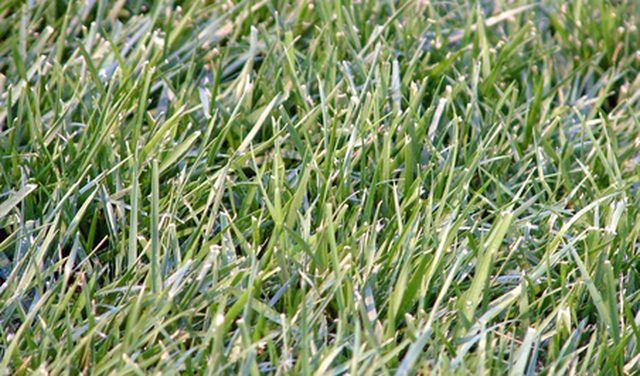Bulbs
Flower Basics
Flower Beds & Specialty Gardens
Flower Garden
Garden Furniture
Garden Gnomes
Garden Seeds
Garden Sheds
Garden Statues
Garden Tools & Supplies
Gardening Basics
Green & Organic
Groundcovers & Vines
Growing Annuals
Growing Basil
Growing Beans
Growing Berries
Growing Blueberries
Growing Cactus
Growing Corn
Growing Cotton
Growing Edibles
Growing Flowers
Growing Garlic
Growing Grapes
Growing Grass
Growing Herbs
Growing Jasmine
Growing Mint
Growing Mushrooms
Orchids
Growing Peanuts
Growing Perennials
Growing Plants
Growing Rosemary
Growing Roses
Growing Strawberries
Growing Sunflowers
Growing Thyme
Growing Tomatoes
Growing Tulips
Growing Vegetables
Herb Basics
Herb Garden
Indoor Growing
Landscaping Basics
Landscaping Patios
Landscaping Plants
Landscaping Shrubs
Landscaping Trees
Landscaping Walks & Pathways
Lawn Basics
Lawn Maintenance
Lawn Mowers
Lawn Ornaments
Lawn Planting
Lawn Tools
Outdoor Growing
Overall Landscape Planning
Pests, Weeds & Problems
Plant Basics
Rock Garden
Rose Garden
Shrubs
Soil
Specialty Gardens
Trees
Vegetable Garden
Yard Maintenance
How to Overseed Bermuda Grass
How to Overseed Bermuda Grass. Bermuda grass is a warm season grass native to Africa. If you have a lawn full of Bermuda, you may have noticed the grass turning yellow and going dormant in winter. Homeowners and lawn care experts with seasonal yellow Bermuda grass can develop lawns with year-round green by overseeding their lawns in the fall with a...

Bermuda grass is a warm season grass native to Africa. If you have a lawn full of Bermuda, you may have noticed the grass turning yellow and going dormant in winter. Homeowners and lawn care experts with seasonal yellow Bermuda grass can develop lawns with year-round green by overseeding their lawns in the fall with a cool-season grass such as rye or bluegrass. Overseed cool-season grasses every fall because the plants rarely survive the warm summers that Bermuda grass loves.
Things You'll Need
Lawnmower
Dethatcher
Leaf rake
Lawn bags
Soil aerator
Compost
Sprinkler
Garden hose
Time overseeding your grass from two to six weeks before fall's first killing frost.
Trim Bermuda grass to 1 inch tall with a lawnmower. This allows light to penetrate the soil and gives grass seed the chance to sprout.
Measure the thatch level of soil and dethatch your lawn so it is less than 1 inch thick. Thatch is a buildup of grass roots, dead grass stems and debris among the grass roots and soil. To remove thatch, rent a dethatching machine, which operates on your lawn similarly to a lawn mower. Position your dethatcher at one end of your lawn and start it with the pull rope. Push the machine over your lawn in strips.
Rake up the debris left by the dethatcher and bag them for disposal.
Aerate your soil using a core aerator to remove cores of soil and grass from your lawn. This allows moisture, nutrients and air to penetrate the soil. Rented an aerator from a hardware or lawn care store and operate it like a lawnmower. Pass the aerator over your lawn up to four times, varying the direction of the pattern. When finished, there should be between 40 and 60 cores per square foot removed from your lawn.
Top dress your lawn with a layer of compost. Spread the compost over your lawn in a 1-inch layer and work it into the root zone of your grass with a leaf rake.
Fill a broadcast spreader with a winter grass such as rye or bluegrass. Set the spreader to distribute seed at a gradual rate, then push the spreader over your lawn in sections.
Water your lawn up to four times daily using ? inch of water per 1 inch of soil to keep the lawn as damp as a wrung-out sponge. This allows your grass seed to germinate. Reduce watering gradually to 1 inch of water every 10 days.
Mow the lawn to keep the Bermuda low enough that your cool season grass can germinate. When the new grass reaches the same height as the Bermuda, raise the decking on your lawnmower to 2 inches.